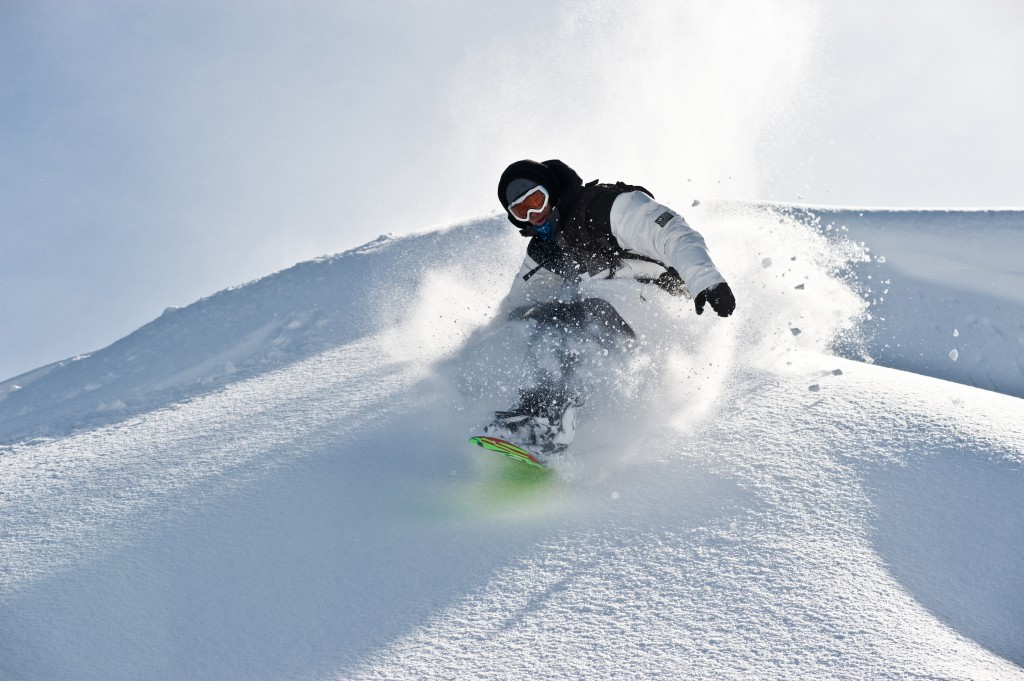General Heli Ski Maintenance and Tuning
Maintaining and tuning your ski equipment, prior to and after your heli skiing experience, will not only ensure a longer life for your gear, but also help you get the best performance from it. The art of ski maintenance can be applied to whatever you choose to use to slide down the mountain; alpine or all mountain skis, snowboards or telemark skis.
Here we’ll take a look at what general things to keep an eye out for when trying to decide whether your equipment needs a tune. In later posts we’ll go into more details about tuning practices, the tools you’ll need for successful maintenance, and whether you can fix problems yourself – or even if it’s best to go to a professional.
A well-tuned snowboard or pair of skis is like a smoothly running car: While you may be able to get along with un-tuned equipment, it will affect your skiing as it does your driving. And you won’t always be able to get the best performance that your skis are capable of, but most of the time they will still work to a satisfactory level.
Also true with the car comparison, leaving your gear un-tuned, season to season, will greatly reduce it’s life span, and also render it much more susceptible to significant damages.

So how often is it necessary to tune equipment? This depends a lot on how much you ski. We’d say if you’re planning to come on a weeklong heli ski trip with us at Last Frontier, then tuning your skis before, to ensure maximum performance, and afterwards, to keep them in great condition, would be adequate. Several quick tune-ups over the course of a season are about average, as well as one thorough job at the beginning, and one at the end.
One sure-fire way to determine whether skis or boards need a tune-up is to take a look at the base and edges. Run your hands over the base looking for small gouges, or maybe even larger ones combined with any uprooted base material. This plastic-like material can catch or drag on the snow, slowing you down, or affecting a steady edge hold. Also be aware of any nicks along the edges of your skis from unintentional rock collisions. Do the edges also feel dull to the touch? This is a sure sign that sharpening your edges will dramatically improve the turning ability of your skis and stop you sliding out so much throughout the turns. Lastly, how slick are your bases? Recently waxed skis or boards should have an extremely slick and smooth surface to the touch – any resistance or grainy texture and it’s probably time for a wax.
Now, if you’ve decided you really should get that long overdue tune-up, keep watching for the next posts where we’ll focus on the proper application of P-Tex, waxing methods and edge sharpening.
Tags: Heli Skiing, Heliskiing, Heli Ski, Heliski, Heli Skiing Tour, Heli Skiing Holiday, Heli Skiing BC, Heli Skiing Resorts, Heli Skiing Lodges


